Paul Graham – Does Yellow Run Forever?
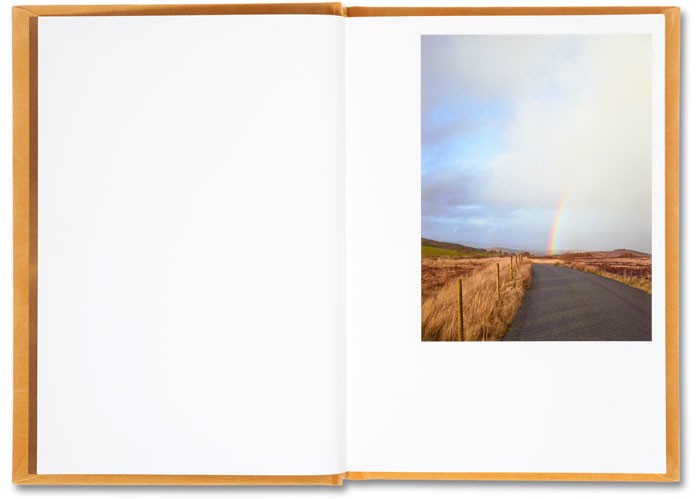
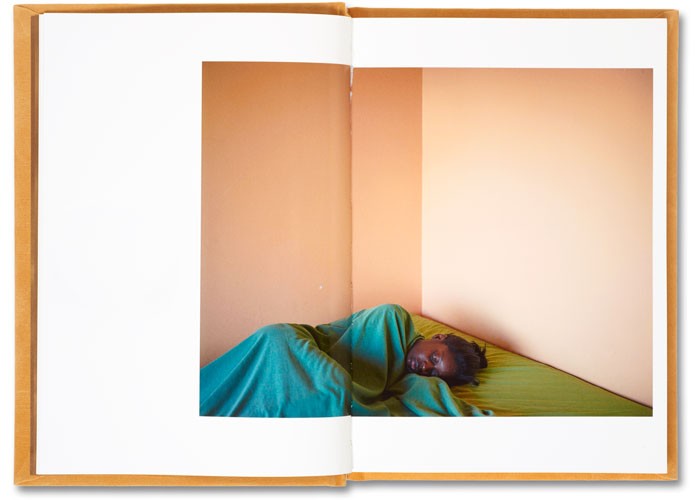
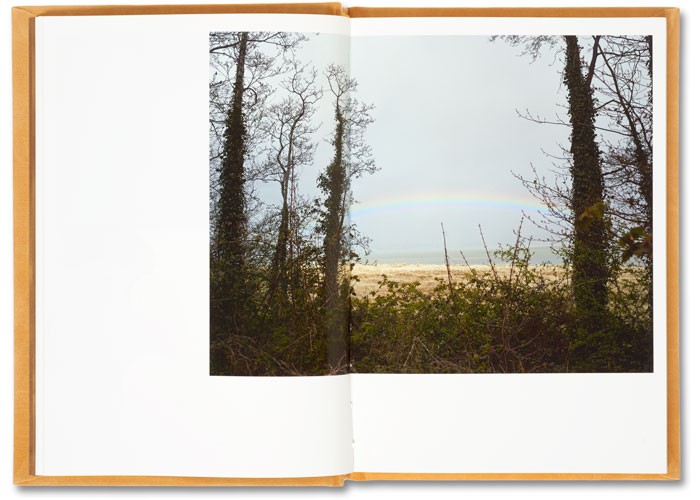
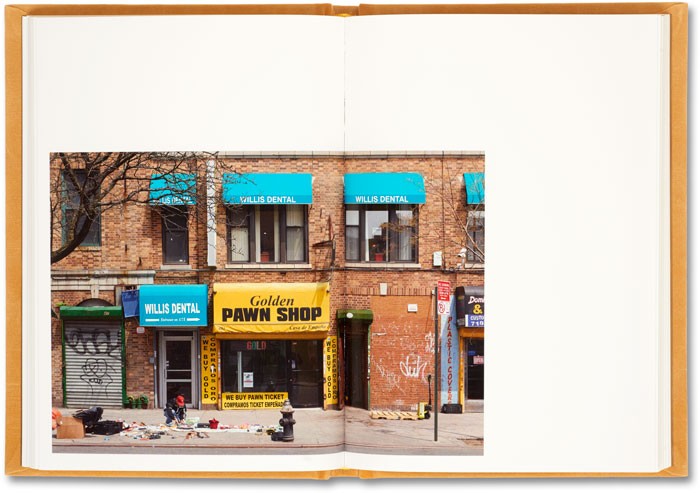
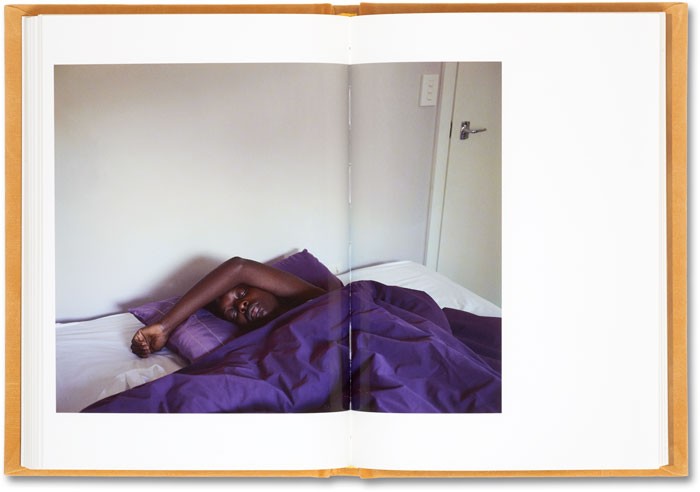
Artist: Paul Graham
Title: Does Yellow Run Forever
Publisher: MACK
Year: 2014
BUY
Desire runs deep and long. Often leading us astray, or bringing us closer to something of more central purpose or meaning, it shapes our actions both consciously and unconsciously. Locating the object of that desire is often easy, but more often than not it points to something ephemeral that exists between the poles of immanence and transcendence. The things that ground us in the world and the things that point outward. Paul Graham’s Does Yellow Run Forever? looks at variable points and sources of desire. Offering up signposts and drawing lines forward and outward, the interwoven images of rainbows from Ireland, a resting beloved, and cash for gold and pawn stores in NYC, the work reveals what we chase, what lies at our fingertips and what ties us to the grubby realities of our day to day existence.
From his early series on the A1 highway in England to his abstract series on film grain to his acclaimed symphonic work, a shimmer of possibility, Graham has continually altered the terrain of his images without changing their fundamental grammar. Rooted in the real world, Graham has remained a committed photographer who makes use of photography’s unique ability to capture the world in all it’s vexing and shifting beauty. While his work has always on some level offered a social and cultural critique, this new book is more personal, but no less heartfelt and pointed in the deeper questions it asks. Composing a book of at least two photographic clichés, rainbows and sleeping women, is also risking business, but Graham is a fearless and protean photographer. Able to wrestle poetic meaning from even the most thread-worn subjects, he finds deeper meaning in these clichés and their tangential relationship to desire.
The work’s arrangement in both the book and gallery context is subtly revealing. The rainbows hover overhead, suggests hope and desire out of reach or forever retreating; the woman rests in the middle of the page and wall, suggests the connection, beauty and fulfilment offered by our loved ones here in the present; and the various cash for gold shops sit at the bottom of the page, or are hung low on the wall, suggesting a certain base level of want and material acquisition. This metaphoric hierarchy of the images suggests the variable and elusive attainability of each of these desires. In addition to the vertical arrangement of the images, the pacing of the work moves elegantly between the different types of images and reveals the evolving locus of our desires from the lofty to the base. Visually, the images are also tied together through subtle formal clues. Both the multicoloured blankets and walls in the bedroom images, and the similarly arched arm of the woman in at least one image, mirror the chromatic variation and signature bow of the rainbow. The colour gold is also a thread that runs throughout the book in the spectral displays of the various rainbows, the awnings of the shops and small details in the bedrooms.
Beautifully designed and printed, the relatively small book’s yellow velvet cover has the title blind stamped on the front and has fittingly gilded edging. Even the cloud images on the end pages are overlaid with a wash of gold. This subtle attention to detail is also carried over into the work’s installation and presentation in the gallery. Perhaps pointing to another level of desire at play with the physical prints themselves and their status as commodities within a gallery, various images are presented in gold frames. Desire extends in many directions.
While the work initially feels slighter in comparison to Graham’s more large-scale projects, the quiet images carry a weight that rewards repeated visits. Like many great photographers, Graham has achieved the seemingly impossibly, wrestling the poetic from the cliché. In doing so, his work reminds us to look closely at what we desire, where it points us and how far we have to go to find it. In the end, whether or not yellow runs forever depends not only on where we look, but also on what we think is forever.
